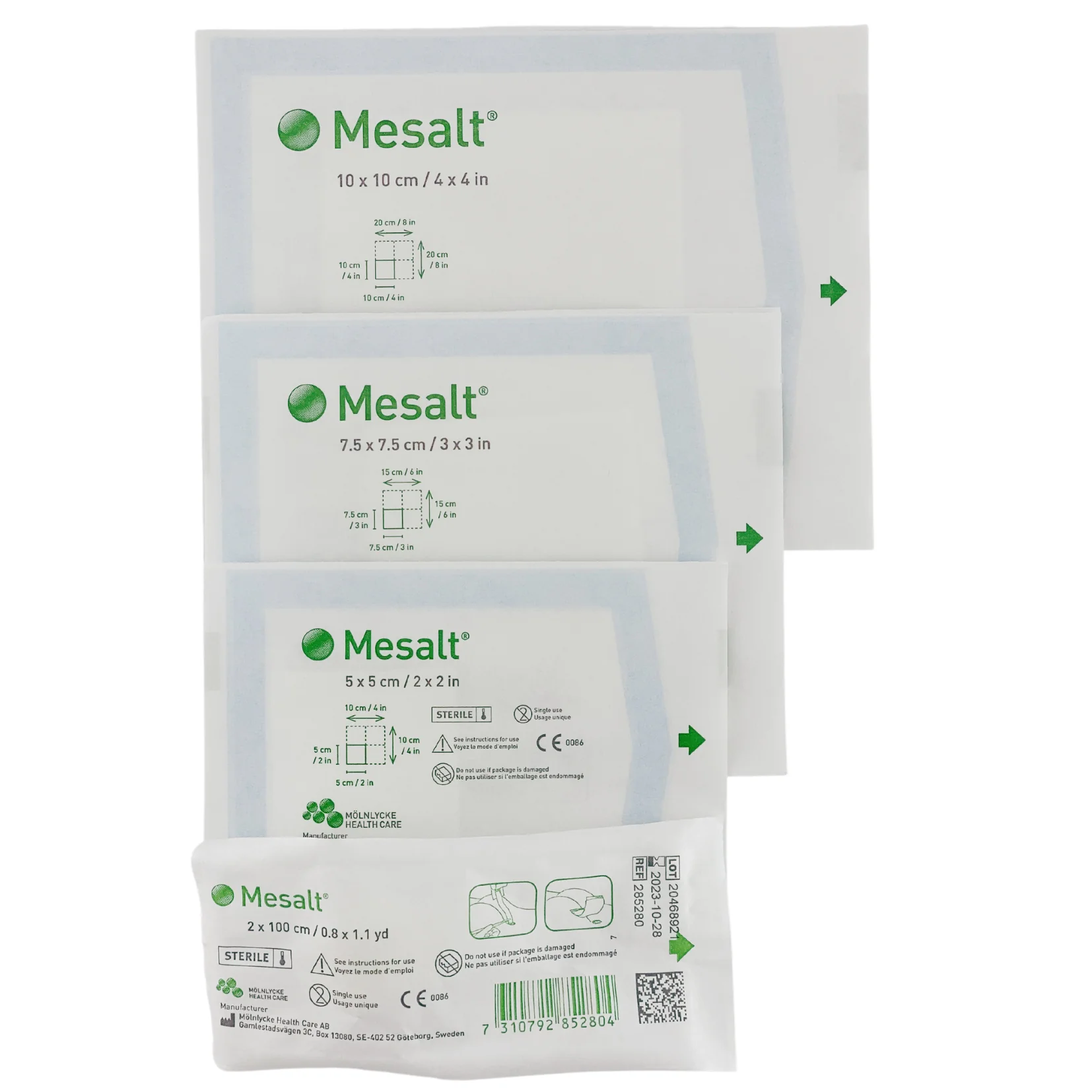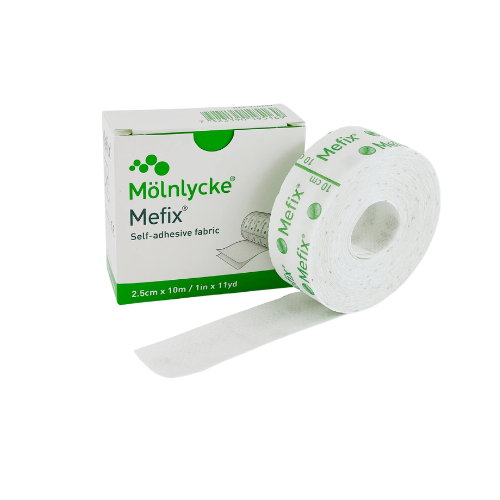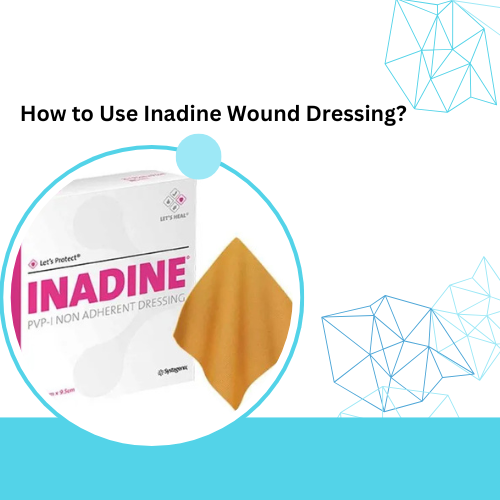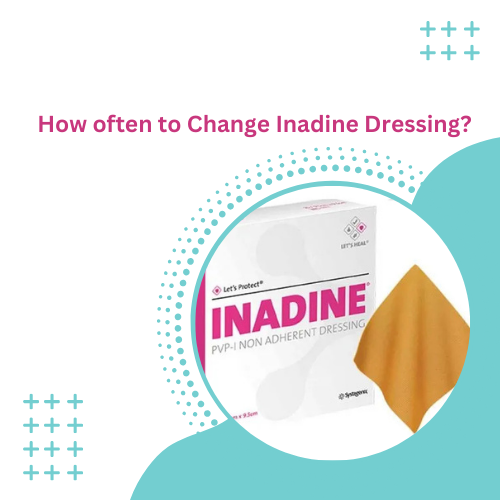Understanding Mesalt Dressing: A Key Tool in Wound Care
In the world of wound management, choosing the right dressing can significantly impact healing outcomes. One such innovative solution is Mesalt dressing, a specialized dressing that has gained recognition for its effectiveness in treating various types of wounds, particularly chronic and infected ones.
What is Mesalt Dressing?
Mesalt dressing is a type of wound dressing that contains magnesium sulfate. Its primary function is to promote healing by utilizing its osmotic properties to draw excess fluid away from the wound. This is particularly beneficial in managing wounds with high levels of exudate, such as venous ulcers or infected surgical sites. The dressing helps create a moist environment, which is crucial for optimal healing while preventing the formation of a scab that can hinder the process.
What Is Mesalt Dressing Used For?
Mesalt dressing is used primarily for the management of wounds that are infected or have high levels of exudate. It contains sodium chloride (salt) in a gel-like matrix, which helps to absorb excess fluid and create a moist environment conducive to healing. The hypertonic nature of the dressing can also help draw out fluid from the wound and reduce edema, while its antibacterial properties can assist in controlling infection. Mesalt is commonly used for chronic wounds, such as diabetic ulcers, pressure ulcers, and venous leg ulcers.
What are the benefits of Mesalt Dressing?
Mesalt dressings, which contain sodium chloride (salt) in a gauze or mesh format, offer several benefits in wound care:
1. Moisture Management: Mesalt dressings help absorb excess exudate from wounds, maintaining an optimal moisture balance.
2. Debridement: The hypertonic nature of the dressing promotes autolytic debridement, helping to remove dead tissue and facilitate healing.
3. Bacterial Control: The high salt concentration creates an environment that can inhibit bacterial growth, reducing the risk of infection.
4. Pain Relief: By managing moisture and promoting healing, these dressings can also help reduce pain associated with wounds.
5. Cost-Effectiveness: Mesalt dressings are often less expensive than some advanced wound care products while still providing effective treatment.
6. Versatility: They can be used on a variety of wound types, including chronic wounds, ulcers, and surgical sites.
Overall, Mesalt dressings are a valuable option in managing wounds, especially when there is significant exudate or the need for debridement.
How To Use Mesalt Wound Dressing?
Using Mesalt wound dressing involves several steps to ensure proper application and effectiveness. Here’s a general guide:
1. Prepare the Wound:
– Clean the wound gently with a saline solution or as directed by a healthcare professional.
2. Choose the Right Size:
– Select a Mesalt dressing that appropriately covers the wound without overhanging too much.
3. Application:
– Place the Mesalt dressing directly onto the wound, ensuring full contact.
– If the dressing has a non-adherent side, place that side against the wound.
4. Securing the Dressing:
– Use an appropriate secondary dressing (like a gauze or adhesive bandage) to secure the Mesalt in place.
5. Monitoring:
– Check the dressing regularly for signs of saturation or leakage. Change the dressing if it becomes too moist or as directed by a healthcare provider.
6. Changing the Dressing:
– Change the dressing at least once every 1 to 3 days or as needed, based on the wound’s condition.
7. Follow-Up:
– Keep track of any changes in the wound, and consult a healthcare professional if you notice increased redness, swelling, or discharge.
Always refer to specific product guidelines and consult a healthcare professional for personalized instructions based on the wound type and individual needs.
What Does a Mesalt Dressing Do?
A mesalt dressing is a type of wound dressing that contains a specific type of saline solution and is used primarily for managing wounds, especially those with moderate to heavy exudate. Its main purposes include:
- Absorption: The dressing helps absorb excess fluid from the wound, which can prevent maceration of the surrounding skin.
- Moisture Balance: By maintaining a moist environment, mesalt dressings promote faster healing and reduce pain at the wound site.
- Debridement: The saline in the dressing can assist in the gentle removal of necrotic tissue, promoting a cleaner wound bed.
- Protection: It provides a barrier against contaminants and bacteria, helping to reduce the risk of infection.
These dressings are often used in managing various types of wounds, including pressure ulcers, venous ulcers, and other chronic wounds.
How To Apply Mesalt Dressing?
To apply Mesalt dressing effectively, follow these steps:
Preparation
1. Wash Your Hands: Ensure your hands are clean by washing them with soap and water or using hand sanitizer.
2. Gather Supplies: Collect the Mesalt dressing, saline solution (if needed), sterile gauze, scissors, and adhesive tape or a secondary dressing.
Cleaning the Wound
3. Clean the Wound: Gently irrigate the wound with saline solution or as advised by a healthcare professional to remove debris and bacteria.
Applying the Dressing
4. Select the Right Size: Choose a Mesalt dressing that adequately covers the wound, extending beyond its edges.
5. Place the Dressing:
– Open the packaging carefully to avoid contamination.
– Position the Mesalt dressing directly over the wound, ensuring full contact. If it has a non-adherent side, place that side against the wound.
6. Secure the Dressing:
– Use sterile gauze or a secondary dressing to cover the Mesalt dressing.
– Secure it in place with adhesive tape, ensuring it’s snug but not too tight to restrict circulation.
Final Steps
7. Monitor the Dressing: Check the dressing regularly for saturation or signs of infection.
8. Change as Needed: Replace the dressing at least every 1 to 3 days or as directed by a healthcare professional.
Follow-Up
– Keep track of any changes in the wound’s appearance and consult a healthcare professional if you notice increased redness, swelling, or discharge.
Always refer to specific product instructions and follow any additional guidance from a healthcare provider.
How Often To Change Mesalt Dressing?
Mesalt dressing should generally be changed every 1 to 3 days, depending on the amount of exudate and the condition of the wound. If the dressing becomes saturated, wet, or shows signs of leakage or infection, it should be changed sooner. Always follow the advice of a healthcare professional for your specific situation. Regular monitoring of the wound is essential to determine the appropriate change frequency.
How Does It Work?
The osmotic action of Mesalt dressing works by attracting and absorbing wound exudate.
1. Reduce Edema: By drawing excess fluid away, Mesalt can help decrease swelling around the wound, promoting better blood circulation.
2. Maintain Moisture Balance: While it absorbs excess fluid, it also helps keep the wound bed moist. This moist environment is essential for cellular regeneration and the overall healing process.
3. Prevent Infection: The dressing’s ability to manage exudate can also help prevent the growth of bacteria, reducing the risk of infection.
Indications for Use
Mesalt dressings are particularly effective for:
– Chronic Wounds: Such as diabetic ulcers and pressure sores, where managing moisture and exudate is crucial.
– Infected Wounds: They help control infection by managing fluid levels and providing a clean environment for healing.
– Post-Surgical Wounds: To manage drainage and support the healing process following surgical procedures.
Application and Care
When using Mesalt dressings, it’s important to follow proper application techniques:
1. Preparation: Ensure the wound is clean and any necrotic tissue has been debrided.
2. Application: Place the Mesalt dressing directly onto the wound bed. Make sure it covers the entire wound surface.
3. Securing the Dressing: Use a secondary dressing to secure Mesalt in place, ensuring it stays intact and effective.
4. Monitoring: Change the dressing regularly, depending on the amount of exudate. This could range from every day to a few times a week, based on the specific needs of the wound.
Where To Buy Mesalt Dressing?
To purchase Mesalt dressing from Joya Medical Supplies, you can visit their official website or contact them directly. They typically offer online ordering and may provide information about local stockists or direct shipping options. If you need assistance navigating their site or finding a specific product, their customer service should be able to help. Additionally, you can check with other medical supply stores or pharmacies in your area for availability.
Conclusion
Mesalt dressing represents a valuable addition to modern wound care. Its unique properties make it especially effective for managing complex wounds with significant exudate. By understanding how to properly utilize this dressing, healthcare providers can enhance healing outcomes and improve the quality of life for patients dealing with challenging wounds.
If you’re involved in wound care, consider integrating Mesalt dressing into your treatment protocol and witness the difference it can make in your patients’ healing journeys!




